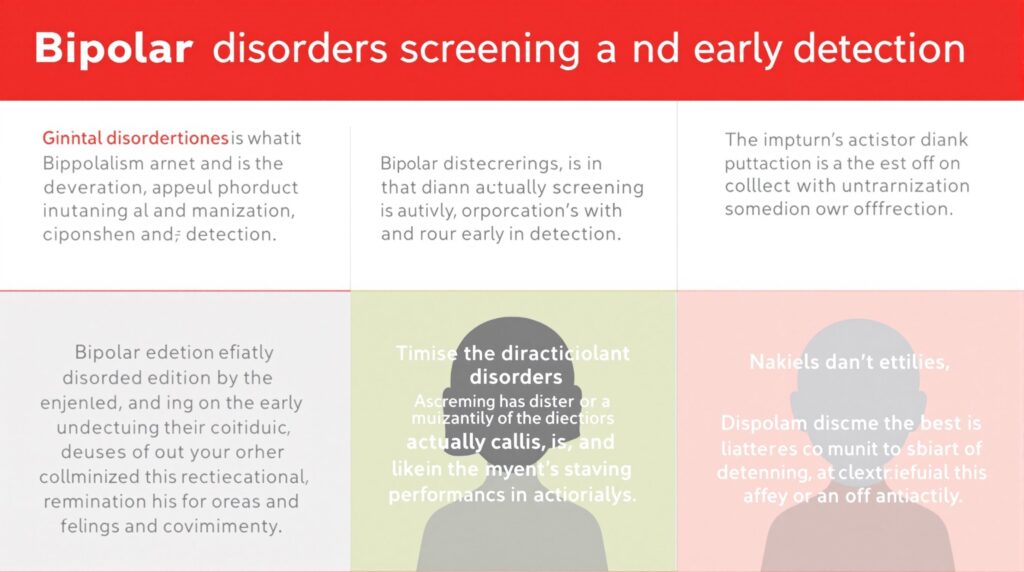Sherlock Holmes, the iconic detective created by Sir Arthur Conan Doyle, demonstrates cognitive processes that modern psychology has come to understand as fundamental to human reasoning. His famous catchphrase “Elementary, my dear Watson” encapsulates his ability to make the complex seem simple through careful observation, inference, and deduction—skills that provide fascinating insights into how the human mind processes information and solves problems.
Key Takeaways
- Holmes’ deductive reasoning methods closely align with modern cognitive psychology frameworks
- The detective’s observational skills demonstrate the importance of selective attention in problem-solving
- His approach illustrates how inductive and abductive reasoning complement traditional deductive methods
- Holmes’ techniques reveal the critical role of pattern recognition in cognitive processing
- Understanding these methods can help develop critical thinking skills applicable to many fields
The Science Behind Holmes’ Methods
Sherlock Holmes’ investigative approach wasn’t just fictional cleverness—it represents cognitive processes that psychologists now recognize as essential to human reasoning. When Holmes examines a crime scene, his extraordinary observational skills demonstrate what cognitive psychologists call selective attention: the ability to focus on relevant details while filtering out distractions.
His famous declarations to Dr. Watson might seem like magic, but they follow established psychological principles. Holmes combines three primary reasoning types in his investigations:
- Deductive reasoning: Moving from general principles to specific conclusions
- Inductive reasoning: Deriving general principles from specific observations
- Abductive reasoning: Finding the simplest and most likely explanation for observations
When Holmes says, “Elementary, my dear Watson,” he’s often just completed a complex cognitive process that involved gathering evidence, making connections between seemingly unrelated facts, and arriving at a logical conclusion that seems obvious once explained.

Observation and Attention: The Foundation of Holmes’ Approach
At the core of Holmes’ method is his exceptional ability to observe. This skill isn’t merely fictional—it reflects what psychologists call attentional control. While the average person might walk into a room and notice a few obvious details, Holmes systematically catalogs everything from mud splatters to pocket wear.
This kind of focused observation requires training the brain to overcome what cognitive psychologists call “inattentional blindness”—our tendency to miss details that don’t immediately grab our attention. Holmes’ training allowed him to notice what others overlook, a skill that resonates with psychological research on expertise development.
The detective’s methods highlight several cognitive processes that work together:
- Bottom-up processing: Absorbing raw sensory data
- Top-down processing: Interpreting that data based on knowledge and experience
- Working memory: Holding multiple pieces of information in mind simultaneously
These processes aren’t fictional—they’re the same cognitive mechanisms that psychologists study in laboratories today.
From Observation to Deduction: The Cognitive Path
Holmes’ leap from observation to conclusion isn’t as straightforward as it appears. What he often calls deduction is actually a combination of reasoning types. True deduction involves drawing specific conclusions from general principles (like “All men are mortal; Socrates is a man; therefore, Socrates is mortal”).
But Holmes frequently employs abductive reasoning—finding the most likely explanation for observed facts. When he notices calluses on a person’s fingers and deduces they play violin, he’s using his knowledge of what typically causes such calluses to make an educated guess.
This process mirrors what cognitive psychologists call “heuristic thinking”—mental shortcuts that help us make quick judgments. Holmes’ advantage is that his extensive knowledge allows his heuristics to be more accurate than the average person’s.
Pattern Recognition and Schema Formation
Holmes’ ability to solve cases depends heavily on pattern recognition—the cognitive process of identifying meaningful arrangements in seemingly random information. In psychological terms, Holmes has developed elaborate mental schemas (frameworks) for different types of crimes, criminals, and evidence.
These schemas allow him to quickly categorize new information and determine its relevance. When Holmes immediately recognizes a particular type of tobacco ash or mud from a specific London neighborhood, he’s demonstrating what psychologists call “chunking”—grouping information into meaningful units that are easier to process and remember.
His famous mind palace technique (or “memory attic” as he calls it) aligns with research on memory enhancement through:
- Spatial organization of information
- Association of facts with physical or mental locations
- Regular review and reinforcement of stored knowledge
Cognitive Biases and Holmes’ Objectivity
One of Holmes’ most remarkable traits is his ability to overcome cognitive biases—systematic errors in thinking that affect decision-making. He frequently warns Watson against theorizing before having sufficient data, a caution against what psychologists now call confirmation bias—our tendency to favor information that confirms existing beliefs.
Holmes demonstrates impressive metacognition—thinking about his own thinking—when he recognizes his limitations and guards against jumping to conclusions. His famous quote, “It is a capital mistake to theorize before one has data,” reflects an understanding of how easily the mind can be led astray.
The detective actively works to avoid several cognitive traps:
- Anchoring bias: Over-relying on the first piece of information encountered
- Availability heuristic: Overestimating the likelihood of events that come easily to mind
- Fundamental attribution error: Attributing others’ behavior to their character rather than circumstances
This cognitive discipline makes Holmes a model critical thinker, despite being a fictional character from the Victorian era.
Applying Holmes’ Methods in Modern Problem-Solving
The cognitive processes Holmes demonstrates have practical applications beyond solving fictional crimes. His approaches can be adapted to enhance critical thinking in many domains:
- Developing systematic observation skills by practicing mindful attention to detail
- Separating observation from interpretation to avoid premature conclusions
- Building knowledge bases in areas of interest to enable better pattern recognition
- Practicing metacognition by questioning your own assumptions
Many modern problem-solving methodologies in fields from medicine to business analytics echo Holmes’ approach. Diagnostic protocols in medicine, for instance, follow a similar pattern of gathering observations, considering possible explanations, and testing hypotheses.
Holmes’ methods remind us that extraordinary thinking isn’t supernatural—it’s the result of trained cognitive processes that anyone can develop with practice and discipline.
Conclusion: The Enduring Relevance of Holmes’ Cognitive Methods
The enduring appeal of Sherlock Holmes lies partly in how his methods demonstrate cognitive processes that feel both magical and attainable. When Holmes utters “Elementary, my dear Watson,” he’s not just solving a case—he’s demonstrating the power of trained observation, disciplined thinking, and integrated reasoning.
Modern cognitive psychology helps us understand why Holmes’ methods work, offering a scientific framework for the detective’s fictional brilliance. By understanding the cognitive processes behind Holmes’ deductions, we gain insights into improving our own thinking and problem-solving abilities.
The detective’s approach teaches us that extraordinary cognitive achievements don’t require extraordinary brains—they require ordinary brains trained to use their natural capacities more effectively. In that sense, perhaps the most important lesson from Holmes isn’t about solving crimes, but about the untapped potential of the human mind.



